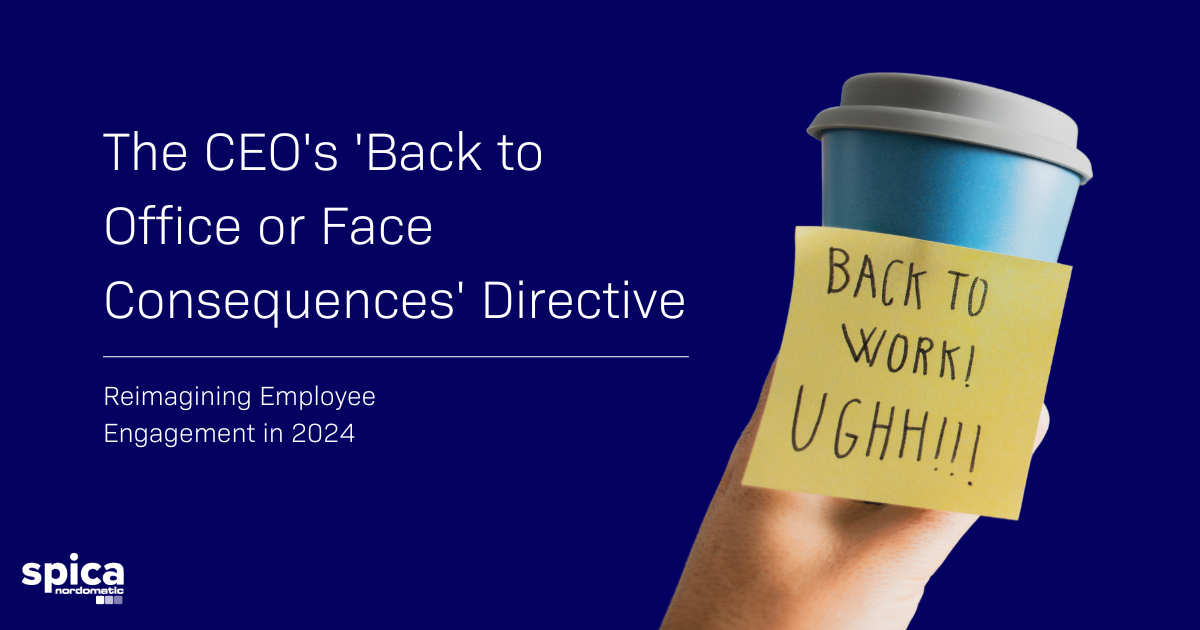As the world moves towards a more sustainable future, it’s becoming increasingly clear that our existing buildings are a major barrier to progress. In the UK, recent research has shown that nearly half of all councillors believe that their local councils may struggle to keep the lights on with inefficient buildings. This is a worrying prospect, as it suggests that the costs of running and maintaining these buildings may soon become unaffordable.
The Challenge of Inefficient Buildings
As highlighted in a recent article by Willmott Dixon, many local councils in the UK are facing significant challenges in making their buildings more energy-efficient. Inefficient buildings not only result in higher utility bills but also contribute to carbon emissions and climate change.
So, what can be done to address this issue? The answer lies in retrofitting and decarbonising our building stock. Retrofitting is the process of making changes to existing buildings so that energy consumption and emissions are reduced. This can include adding insulation, upgrading heating and cooling systems, and replacing outdated appliances with more energy-efficient models. By reducing the energy consumption of buildings, retrofitting can help to reduce utility bills, decrease carbon emissions, and improve indoor comfort. Decarbonisation refers to the transition to a low-carbon economy, which involves reducing or eliminating the use of fossil fuels and other high-emission sources of energy. This can be achieved by using renewable energy sources, such as wind and solar power, and by improving energy efficiency in buildings and other sectors.
The Global Crisis of Inefficient Buildings
While the issue of inefficient buildings affecting local councils is prevalent in the UK, it is by no means unique to this country. Many buildings around the world are similarly outdated and in dire need of retrofitting and decarbonization in order to reduce energy consumption and emissions.
In the United States, a 2015 report by the Department of Energy found that nearly 40% of the country’s total energy consumption comes from buildings, and that a large percentage of these buildings are inefficient and outdated. The report goes on to recommend a number of strategies for retrofitting and decarbonizing buildings in order to reduce energy consumption and emissions and ultimately save money on utility bills.
According to the Canada Green Building Council’s 2022 report, buildings are responsible for approximately 20% of Canada’s greenhouse gas emissions. The report emphasizes the importance of retrofitting and decarbonizing large buildings in order to reduce these emissions and achieve Canada’s climate targets. The report recommends strategies such as improving building insulation, upgrading heating and cooling systems, and increasing the use of renewable energy sources, among others. These strategies can help to significantly reduce emissions from large buildings and contribute to Canada’s overall climate goals.
Overall, it is clear that inefficient buildings are a global issue, affecting countries around the world. Retrofitting and decarbonization are essential strategies for reducing energy consumption and emissions and ultimately saving money on utility bills.
The good news is that governments around the world are beginning to recognise the importance of retrofitting and decarbonisation. In the UK, the government has set a target to reach net-zero carbon emissions by 2050 and is offering a range of incentives and subsidies to encourage the retrofitting and decarbonisation of buildings. This is great news for local councils, as it means that there is support available to help them make the necessary upgrades to their building stock.
The City of Vancouver in Canada has set a goal of all new buildings being zero-emissions by 2030 and all existing buildings being retrofitted to zero-emissions by 2050. Similarly, the City of Melbourne in Australia has launched a range of initiatives to promote energy efficiency and reduce carbon emissions in its buildings, including retrofitting buildings with energy-efficient technologies and investing in renewable energy sources.
However, retrofitting and decarbonisation is not always easy or straightforward. They require careful planning, design, and implementation, and can be expensive and time-consuming. That’s where Spica Technologies come in. Spica is a leading provider of smart building solutions, which can help building owners and operators to make their buildings more energy-efficient and sustainable. Our solutions include everything from building automation systems to energy management platforms, and can help to reduce energy consumption, lower utility bills, and create a more sustainable built environment.
Benefits of Ecopilot for Local Councils
Our Spica Energy solution Ecopilot® is an innovative technology that can help local councils make their buildings more energy-efficient and sustainable. Ecopilot® works by coordinating and controlling the ventilation, heating, and cooling system of a building in a more sustainable manner. By regulating the indoor temperature within set parameters through sensors, Ecopilot® can reduce energy consumption and emissions, resulting in lower utility bills.
Installing Ecopilot® can provide several benefits for local councils. Firstly, it can improve the indoor climate and make it more comfortable for building occupants. This is because Ecoopilot coordinates and controls various systems to work together rather than against each other, resulting in a more even temperature and better ventilation. Secondly, Ecopilot can improve the yield and environment of a building, which can have a positive impact on productivity.
With over 1000 installations of Ecopilot in Sweden, Germany, Norway, Switzerland, Denmark, the UK and Canada and energy savings up to 40%, our solution Spica Energy is the perfect solution. 60% of Sweden’s largest Real Estate owners have installed Ecopilot®. Regardless of the design of the buildings, each one has realised significant savings. The buildings’ design dictates the saving potential, but each has seen a reduction in energy costs of between 20 and 40 per cent. Together, they have reduced CO2 emissions by over 10,000 tonnes per year. Lastly, Ecopilot can help local councils achieve their sustainability goals by reducing energy consumption and emissions.
Should councils be worried?
Yes and no. While energy prices and the cost of living is rising drastically, having inefficient buildings is a major challenge for councils around the world. However, with the right support and solutions in place, it is possible to retrofit and decarbonise our building stock and create a more sustainable future for all. The one-time cost of installation and benefits outweigh the cost of living and energy prices, making Spica’s solutions affordable.
Spica Technologies are playing a crucial role in this transition, by providing smart building solutions that can help make our buildings more energy-efficient and sustainable.
Spica Energy
Ecopilot’s online estimated saving calculator
Read more about how some of our customers experience Ecopilot®.















